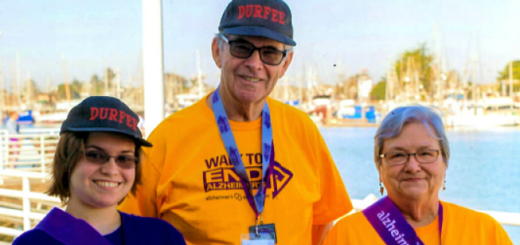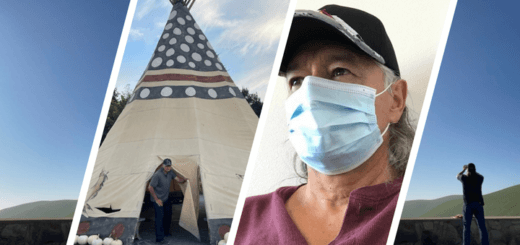Governor’s Master Plan for Aging approved with help from Alzheimer’s Association®
By Susan DeMarois
At the end of 2019 the Governor of California launched the Master Plan for Aging stakeholder advisory committee. With the help of the Alzheimer’s Association and other key supporters within the aging community, just one year later, a plan was put in place. Susan DeMarois, Director of Public Policy for the Alzheimer’s Association, shares the hard work that went into building the plan and what Californians can look forward to in the coming years.
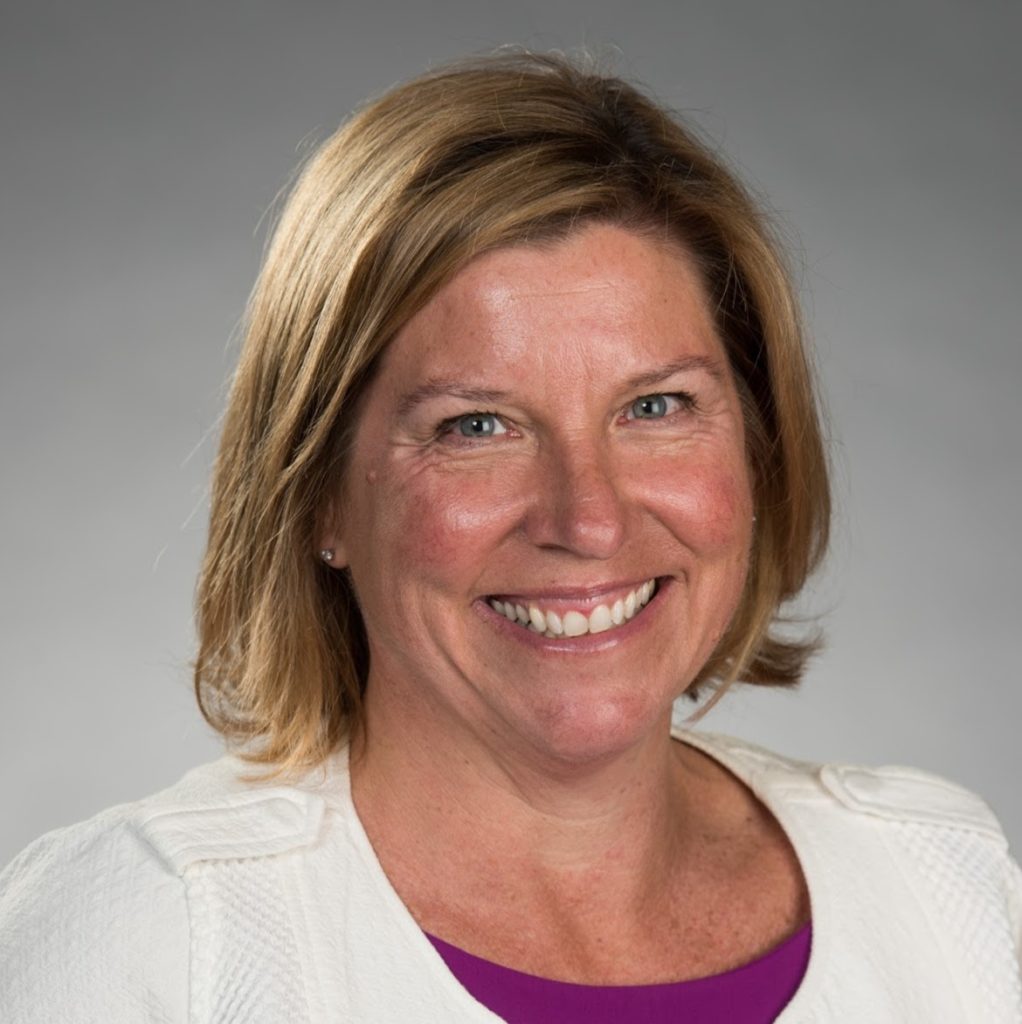
Making a plan for the future
Twenty-two percent. That’s the projected increase in the number of Californians living with Alzheimer’s and all dementia between now and 2025 when 840,000 individuals in California will be grappling with the disease.
For years, the Alzheimer’s Association has been sounding the alarm bell. In 2020, we are proud to report the Association joined the Governor, the Legislature and state government leaders in thoughtfully planning for a rapidly changing demographic.
Creating a task force
The planning was two-fold: a broad Master Plan for Aging aligned with a targeted Alzheimer’s initiative. First, in his “State-of-the-State” address, Governor Gavin Newsom announced the formation of an Alzheimer’s Prevention and Preparedness Task Force led by former First Lady Maria Shriver.
Citing his own personal family experience with dementia, the Governor pledged to engage experts throughout the state to address a wide range of issues confronting all Californians: in particular women, people of color and the LGBTQ community.
Susan DeMarois was appointed to represent the Alzheimer’s Association alongside national Early-Stage Advisor Pam Montana and her husband and care partner, Bob Linscheid, as well as Northern California and Northern Nevada Chapter Board member Dr. Marcy Adelman.
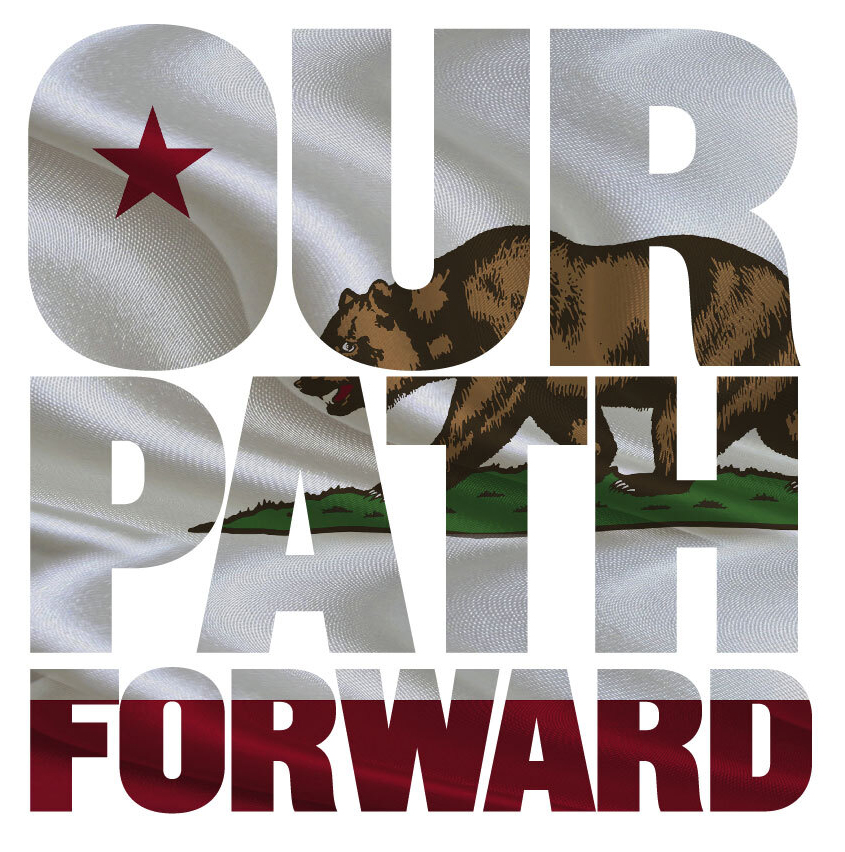
A bold path forward
Drawing on the passion and political savvy of Maria Shriver, this all-star group got to work immediately. Governor Newsom and First Partner Jennifer Siebel Newsom kicked off the first meeting on November 19, 2019, with a large, in-person gathering in the state capital.
One year later – to the day, the Governor accepted the task force’s 10 recommendations via ZOOM. Remarkably, with a global pandemic as a backdrop, the Governor, Maria Shriver and the distinguished task force members forged ahead and produced a bold path forward for California.
The Association’s role
The Alzheimer’s Association played a major role in the Master Plan for Aging process serving as official members of the stakeholder advisory committee and the equity workgroup. DeMarois and Edie Yau, Director of Diversity and Inclusion at the Alzheimer’s Association, advocated for inclusion of people living with Alzheimer’s and their caregivers in all four goal areas:
- Long-Term Services and Supports (LTSS)
- Livable Communities and Purpose
- Health and Well Being
- Economic Security and Disaster Preparedness and Response
As the leading voice in California for individuals and families living with Alzheimer’s, the Association emphasized three key messages throughout the year-long process:
- There is tremendous value and benefit to early detection and timely diagnosis
- Investments in home and community-based services will improve quality of life, relieve caregiver stress and reduce government costs
- Californians desperately need financial relief to shoulder the enormous burden of long-term care costs.
The Alzheimer’s Association was successful in getting both their goals and key messaging incorporated into the full report which can be viewed here.
Key priorities for the Association
Among the 10 cutting-edge recommendations in the Master Plan for Aging, several of them are key state policy priorities for the Alzheimer’s Association:
A statewide standard of dementia care
First and foremost, the report calls on California to model a statewide standard of dementia care to the nation. According to DeMarois, “This is the most exciting concept – that all Californians would have the benefit of cognitive screening, comprehensive assessment, timely diagnosis and an individualized care plan.”
The Alzheimer’s Association reports less than half of people affected have been formally diagnosed, and Medicare utilization data indicates only one percent of the nation’s beneficiaries with Alzheimer’s receive the dementia care planning benefit.
DeMarois explains, “This is an area where tools and training developed by the Alzheimer’s Association and expert clinicians at California’s Alzheimer’s disease centers could be used to ensure all patients receive a dignified diagnosis.”
Age as a risk factor
Age continues to be the greatest risk factor for Alzheimer’s disease and all dementias. One of the main reasons Governor Newsom created the Master Plan for Aging was because he recognized that California’s over-65 population is projected to grow to 8.6 million by 2030.
The Master Plan will serve as a blueprint that can be used by state government, local communities, private organizations and philanthropies to build environments that promote an age friendly California.
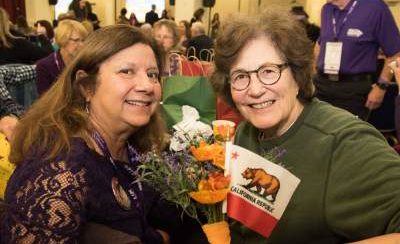
Reaching all those at risk
Journalist Maria Shriver well understands the need to create an Alzheimer’s disease public awareness campaign to reach Californian’s of all ages who are at risk of Alzheimer’s. Task Force member Dr. Marcy Adelman spoke to the unique needs of underserved and underrepresented communities.
From Dr. Adelman’s experience, “Widespread stigma and lack of information are barriers to care for all people living with dementia. The LGBTQ community also encounters discrimination and bias that interfere with accessing and receiving quality care. Research, dementia care and outreach need to be culturally informed to better serve underserved communities.”
The Task Force identified women, communities of color and the LGBTQ community as priority populations for targeted outreach and education.
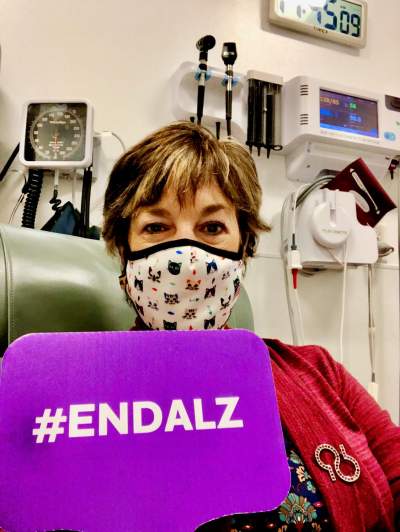
Accelerating research
Pam Montana brought a powerful perspective to the task force as a woman living with early-onset Alzheimer’s disease and a current participant in a clinical trial at UCSF. She was thrilled to see a commitment to keep California at the cutting edge of global research.
In Montana’s view, “We’re just getting started with scientific breakthroughs – it’s time to accelerate this work, especially in my home state where some of the world’s leading researchers are investigating innovative diagnostic tools and treatments.”
With a focus on women, who are disproportionately impacted by Alzheimer’s, Montana was encouraging, “The more we know about the populations at greatest risk, women, Blacks and Latinos, the sooner we’ll find the cause and cure for all affected!”
Looking forward
It is an amazing feat that government leaders, subject matter experts and the public produced not one, but two, groundbreaking reports in the midst of a pandemic that hit this very population hardest: older adults and people of color are at highest risk of COVID-19.
California’s Director of Aging, Kim McCoy Wade, was instrumental as a dynamic leader. The pandemic has laid bare the huge gaps in our system, while also revealing the grit and creativity of the aging network. The Alzheimer’s Association and its staff and volunteers are essential to our local communities and our statewide partners.
Heading into 2021, the Alzheimer’s Association looks forward to the Governor’s imminent release of the Master Plan for Aging which will integrate the recommendations of the Alzheimer’s Prevention and Preparedness Task Force. As the only organization in the state represented on both statewide advisory groups we anticipate robust action on our priority issues.
Jared Giarrusso, who heads up the Association’s state policy office, has an ambitious legislative and advocacy agenda planned for the new session. Each January, the Governor releases the state’s proposed budget and, this year, we expect new funding initiatives in the state budget to demonstrate the Newsom Administration’s commitment to older adults and the 2.3 million Californians living with or caring for a loved one with dementia.
If you’d like to join in our public policy and advocacy work to make sure these recommendations become a reality, go to alz.org/advocate or contact jagiarusso@alz.org.
Learn more:






